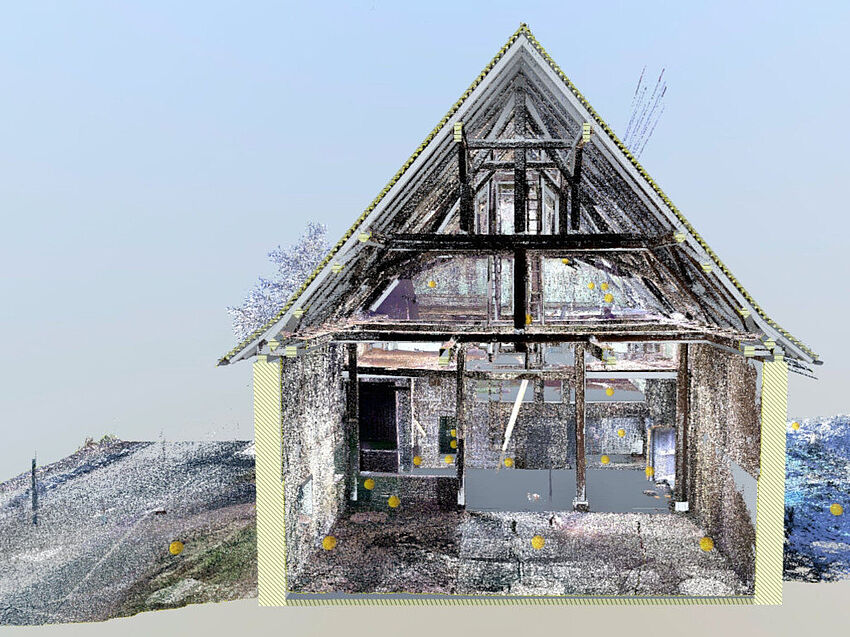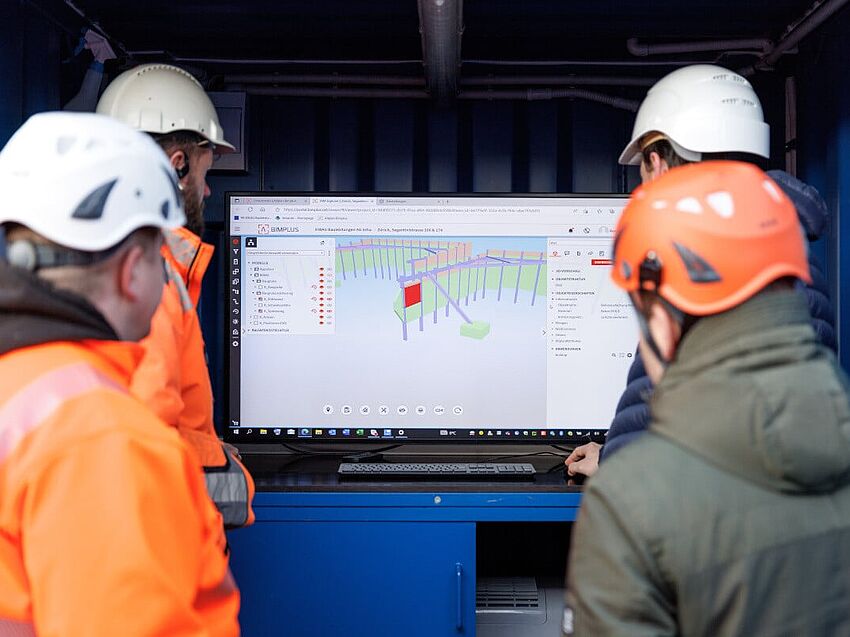Building Information Modeling (BIM) has brought significant benefits to the design and construction process by improving efficiency and information management. However, this is just the first step towards what BIM and digital processes can offer the architecture, engineering, construction and operation (AECO) industry. New technologies which are disrupting the traditional methods of designing and constructing projects will also rely heavily on BIM as an enabler. As structured data is critical to disruptive technologies working effectively, BIM will become an increasingly important foundation for new processes to become widespread. This is particularly important for artificial intelligence, augmented reality, and sustainable design and construction methods.
Artificial Intelligence in Construction
Artificial intelligence can help improve a wide range of construction activities, from design and construction enhancements to safety and quality improvements. For example, artificial intelligence can act like a smart assistant and alert project managers to critical tasks that need attention, or quickly create different design iterations. Accurate design and construction schedules can be created using historical data, as can complex construction sequencing and project resource planning. Construction sites can be analyzed for potential safety hazards, and facilities managers can benefit from improved asset management information and preparation. Artificial intelligence in construction can improve every phase of the project life cycle.
However, for artificial intelligence to be effective, it requires large amounts of data to base decisions on. BIM provides the perfect platform to provide that data, as the model is continuously updated with information throughout the design, construction, and even operation of the asset. It also provides that data in a structured and central location, rather than having disparate documents in multiple locations.
Augmented Reality in Construction
Unlike virtual reality, which uses a simulated version of the real world, augmented reality overlays a computer-generated image of a virtual model over the real world, such as a construction site. While being able to explore a building before it is built using virtual reality is extremely helpful, augmented reality can enable an even more realistic experience by showing the finished design overlaid onto a partially constructed project, for example. This can also be beneficial for the workers building the project, as they can see what the finished product should look like within the working space, rather than interpreting a drawing or model.
The 3D BIM model is the perfect basis for implementing augmented reality on the construction site. This not only removes the need for a separate 3D model to be created, but, as the technology develops, may also allow the viewer to access information from the model while on site. New insights generated on site – like a detected error – may be stored back in the BIM model.
Automated Systems
A massive structural change is currently taking place in the manufacturing industry. Smart fabrication methods driven by industrial robots and autonomous transportation systems are increasingly taking over transformation and logistics processes in the production of buildings. In the AECO industry, this development is mainly taking place in prefabrication, and thus has been largely unobserved by the public. BIM is a far better communication method than 2D drawings if production is executed by machines, as BIM describes the object in 3D and delivers additional meaning and performance requirements if needed. But even with BIM, to use the full potential of automated manufacturing processes it is necessary to control the entire information process from design to delivery. This is the only way to ensure that the designed building or structure can also be built by the machines available.
On construction sites, the first additive manufacturing systems are printing houses and ever smarter building machines are taking over the work that was formerly done by construction workers.
In the operation phase of the building, there are already autonomous mobile systems that keep the buildings clean. In the future, there may be maintenance robots securing the buildings safety, value, and quality, getting their orders directly from the smart house.
Sustainable Design and Construction Methods
Sustainable design and construction comprises more than just building environmentally friendly projects. Sustainability also includes optimizing the design, reducing material waste, and choosing energy-efficient construction practices and methods of operation. However, to achieve these aims requires thorough planning, accurate information, and real-time monitoring data.
BIM can assist with all these areas by giving a greater insight into the project at an earlier stage when important design decisions are being made, such as material choices. The tools that BIM software – such as ALLPLAN – provides can also help reduce material wastage by being able to visualize the design, easily and automatically identify clashes between components, and ensure there are fewer errors encountered during the construction phase. During operation, the BIM model can be used for facilities management and enriched with real-time information from sensors to monitor the performance of the building; for example, in terms of energy consumption.
The Future of BIM and Construction
Many disruptive technologies in construction will depend on BIM and its ability to enhance end-to-end digital processes. The combination of sensor-based data acquision, automated systems, and artificial intelligence with BIM will bring ever new possibilities to the AECO industry to deliver sustainable buildings on time and to budget. The race for the integration of the most innovative technology has already started.




